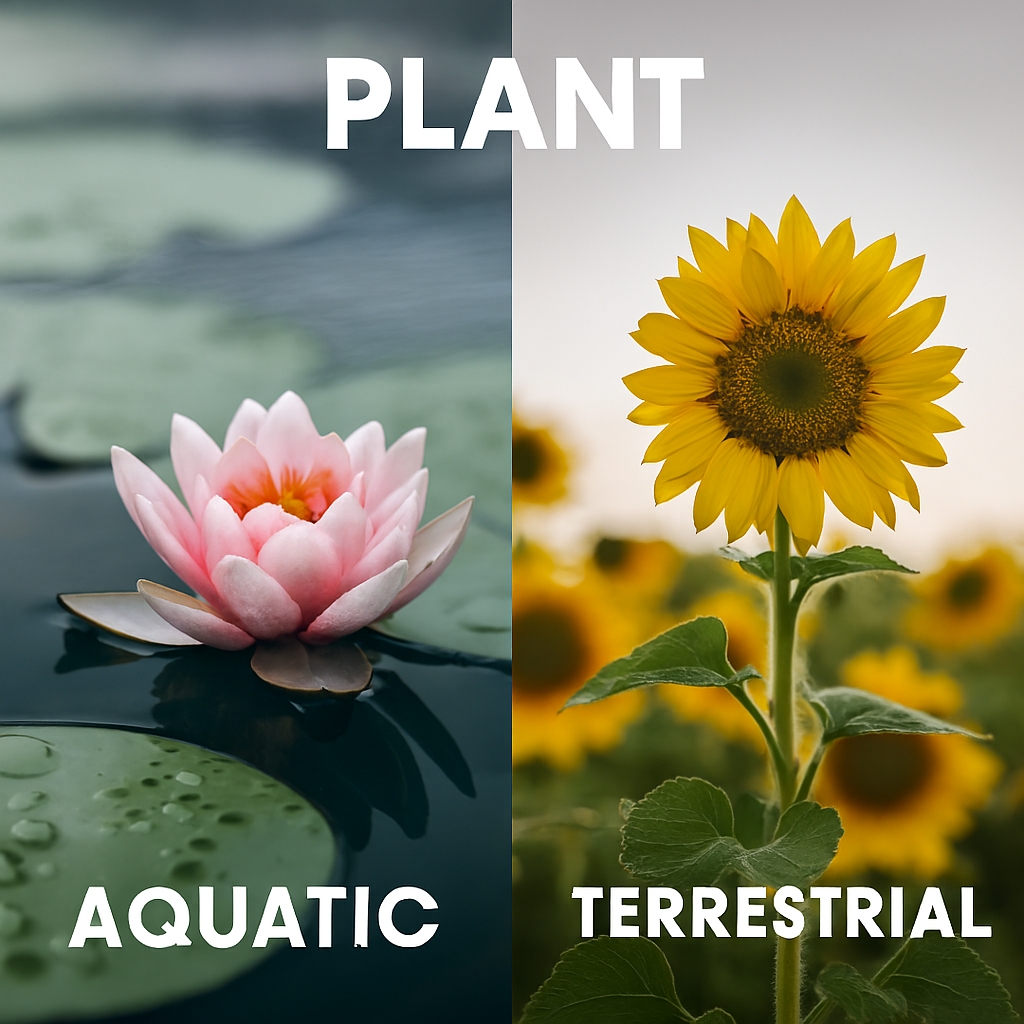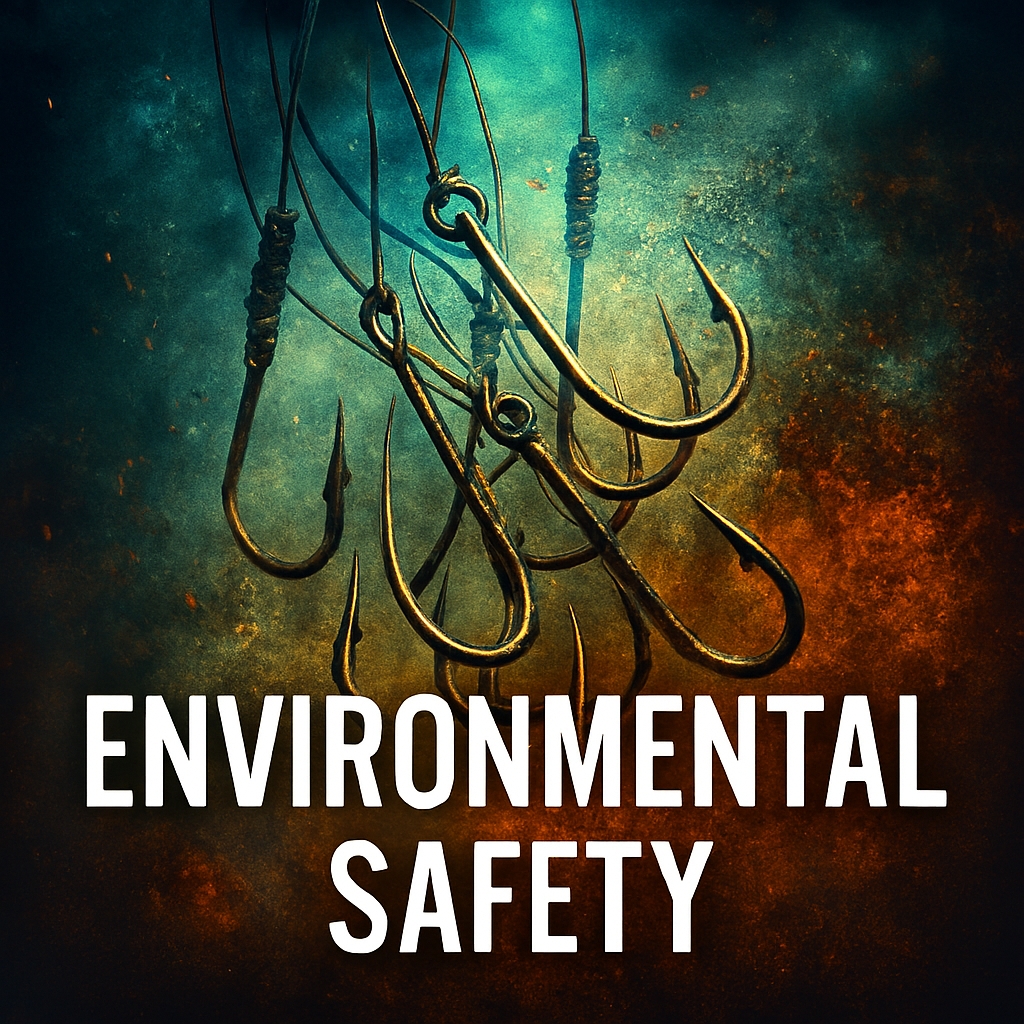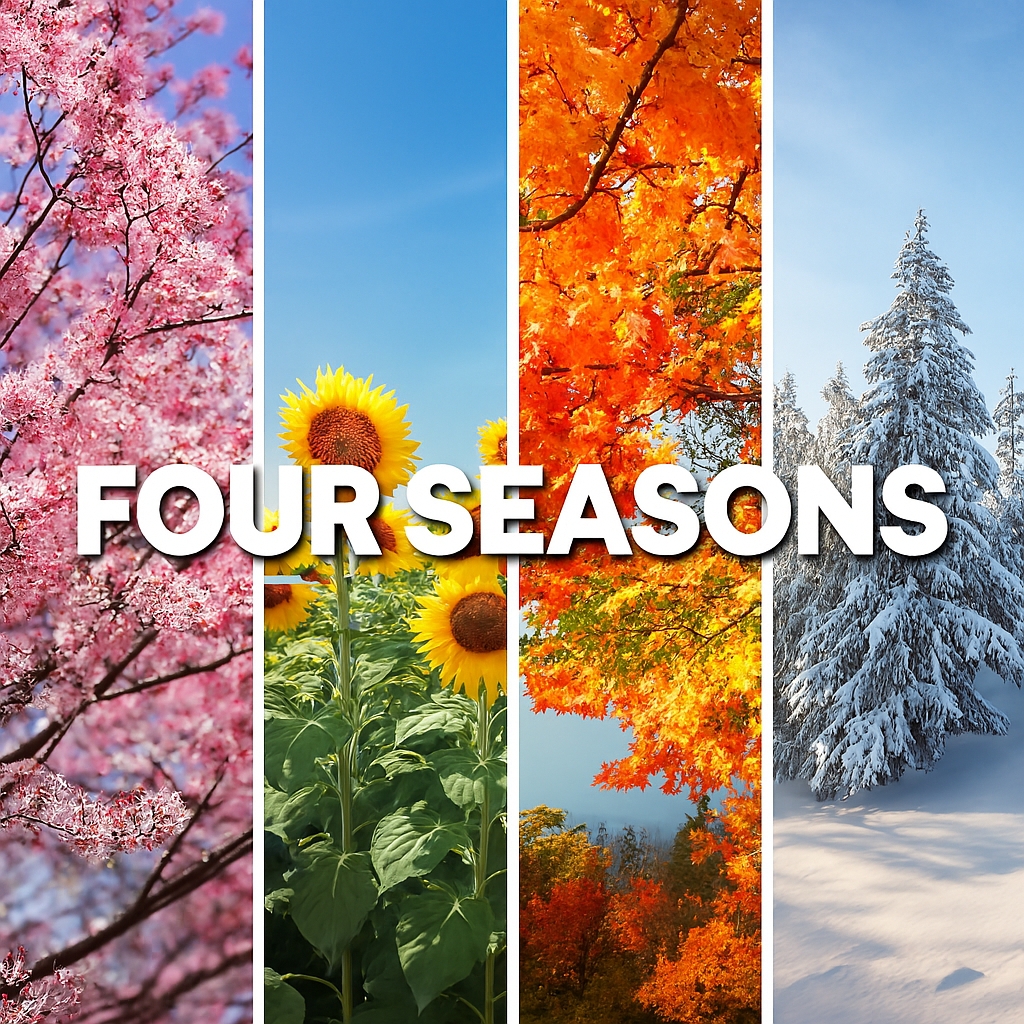Waterway Global Crisis Rooted in Local Action
Collaborative Solutions for Sustainable Watershed Stewardship
Waterways are more than geographic features—they are lifelines of biodiversity, culture, and civilization. From ancient riverine trade routes to modern urban estuaries, flowing water has shaped human history and ecological resilience. Yet today, rivers, creeks, and wetlands dry at alarming rates, a symptom of climate disruption, poor land management, and fractured governance. This crisis is not confined to arid zones—even temperate regions are seeing seasonal streams vanish and perennial rivers shrink. The consequences ripple outward, affecting agriculture, wildlife, drinking water, and cultural identity. But this is not a story of inevitable loss—it is a call to collective action. Communities, scientists, and policymakers are discovering that restoring flow requires more than engineering; it demands ecological empathy and shared responsibility.

Understanding Waterway Watershed Dynamics
A watershed is a living system that connects land, water, and life. Every drop of rain that falls on a hill eventually finds its way to a stream, unless intercepted by soil, vegetation, or infrastructure. Watersheds vary in size, from tiny urban catchments to vast river networks. Their health depends on how we treat the land. Deforestation, urban sprawl, and agriculture all alter water flow. When vegetation is removed, rain runs off quickly, causing erosion and flash floods. When soil is compacted or paved, infiltration drops, reducing groundwater recharge. Groundwater is crucial because it feeds rivers during dry seasons. If aquifers are overdrawn, rivers shrink or disappear. Watersheds also depend on climate, as changes in rainfall patterns and temperature affect flow regimes. Understanding these dynamics is key to protecting waterways. It requires data, modeling, and local knowledge. Communities can map their watersheds to identify threats and opportunities. Schools, councils, and landowners all play a role. Watershed literacy is the foundation of action. Without it, interventions may fail or backfire. Watersheds are not static; they evolve with land use and climate. Protecting them means understanding their complexity. Watershed boundaries often cross political lines, requiring cooperation. Hydrological models can simulate flow changes and guide decisions. Citizen science can fill data gaps and empower local action. Watersheds are the circulatory system of the planet, and their health reflects our choices.

The Dry Climate Change and Hydrological Shifts
Climate change is altering the hydrological cycle, intensifying droughts, floods, and evaporation. Warmer air holds more moisture, leading to erratic rainfall or extreme dry. Some regions get wetter, while others become drier. Snowpacks melt earlier, reducing summer flows. Glaciers retreat, cutting off perennial sources. Extreme heat increases evaporation, drying soils and wetlands. These changes disrupt ecosystems and human systems alike. Farmers face unpredictable irrigation needs, and cities struggle with water supply. Climate models help predict these shifts, but local data is vital. Monitoring rainfall, streamflow, and groundwater levels reveals trends. Adaptive management is essential because rigid water plans fail under new conditions. Climate-smart strategies include restoring wetlands, planting drought-tolerant crops, and recharging aquifers. Indigenous knowledge offers insights, as many First Nations have long observed climate patterns and water behavior. Collaboration between scientists and communities can build resilience. Climate change is not just a threat—it’s a test of our adaptability and solidarity. Water infrastructure must evolve to handle extremes. Policy must reflect new realities, not outdated averages. Climate literacy is key to empowering people to act. Hydrological shifts are not abstract; they shape daily life. Responding requires foresight, flexibility, and unity.

Land Use and Urbanization Impacts
Urban growth transforms landscapes, often at the expense of water systems. Cities replace forests and fields with concrete and asphalt. This reduces infiltration and increases runoff and pollution. Stormwater systems channel water away quickly, preventing recharge. Urban creeks are often buried or straightened, losing their ecological function. Sprawl fragments watersheds, making coordinated management harder. Industrial zones may contaminate groundwater, affecting downstream users. Green infrastructure offers solutions such as permeable pavements, rain gardens, and bioswales that mimic natural processes. Urban planning must integrate hydrology, not override it. Zoning laws can protect riparian buffers and preserve vegetation along waterways. Compact development reduces land pressure and enables restoration. Cities can also daylight buried streams, reviving lost ecosystems. Community groups often lead these efforts, turning neglected spaces into vibrant corridors. Urban waterways are not just drainage channels—they are cultural and ecological assets. Their revival depends on rethinking how we build and live. Parks and greenways can follow stream paths, reconnecting people with water. Schools can adopt local creeks, fostering stewardship. Art and signage can tell water stories, making invisible systems visible. Urban design must embrace water, not fight it. Cities are part of watersheds and must act accordingly.

Agricultural Practices and Water Demand
Agriculture is a major water user and a key player in watershed health. Irrigation consumes vast volumes, especially in dry regions. Inefficient systems waste water, while runoff carries fertilizers and pesticides into streams. Livestock operations may pollute waterways or compact soil. Crop choices matter, as thirsty monocultures strain supplies. Regenerative agriculture offers alternatives that focus on soil health, biodiversity, and water efficiency. Techniques like cover cropping, no-till farming, and agroforestry improve infiltration and reduce runoff. Drip irrigation and moisture sensors optimize water use. Farmers can also restore riparian zones by planting trees and grasses along streams. These buffers filter runoff and stabilize banks. Policy incentives help, as subsidies for sustainable practices encourage adoption. Farmer cooperatives share knowledge and resources, building resilience. Agriculture need not deplete waterways—it can nourish them. The key is aligning productivity with stewardship. Soil is a water reservoir, and healthy soil holds more moisture. Compost and mulch reduce evaporation, conserving water. Livestock can be rotated to prevent overgrazing and protect vegetation. Water audits help farmers track use and improve efficiency. Agriculture shapes landscapes and must do so wisely.

Groundwater Management and Recharge for Waterways
Groundwater is the hidden lifeblood of many waterways, feeding rivers during dry spells and sustaining ecosystems when surface water disappears. However, it is often overdrawn, especially in agricultural and urban regions where demand exceeds natural replenishment. Wells tap aquifers faster than they recharge, leading to long-term depletion. As water tables drop, springs and wetlands dry up, and land subsidence can damage infrastructure and habitats. Recharge depends on infiltration, which requires healthy soil, vegetation, and permeable surfaces. Artificial recharge methods such as spreading basins, injection wells, and recharge ponds can help restore aquifers. Managed aquifer recharge integrates these techniques with monitoring and community oversight. Protecting recharge zones is essential, as these areas must remain undeveloped and vegetated to function properly. Groundwater governance is complex because aquifers often cross political and geographic boundaries. Data sharing and joint planning are crucial for sustainable management. Indigenous communities frequently hold deep knowledge of groundwater behavior, offering valuable insights for stewardship. Groundwater is not infinite, but it can be renewed with care and foresight. Transparent, inclusive, and science-based management is key to long-term sustainability. Overdrafting aquifers can take decades to reverse, making proactive action essential. Recharge projects must be tailored to local geology, as one-size-fits-all solutions rarely succeed. Monitoring wells provide critical data, revealing trends and risks. Public education is needed to raise groundwater literacy and encourage conservation. Water budgets should include both surface and subsurface flows to reflect reality. Groundwater is a shared resource, and its protection is a shared responsibility. Communities must treat aquifers as living systems, not invisible reservoirs. Restoring groundwater is a foundational step in reviving surface flows and ecological balance.

Wetland Restoration and Flow Regulation
Wetlands are nature’s water regulators, absorbing floods, releasing water slowly, and filtering pollutants before they reach rivers and lakes. Despite their ecological importance, wetlands have been drained for agriculture, development, and mosquito control, reducing landscape resilience and increasing flood risk. When wetlands disappear, downstream areas often dry out, and biodiversity suffers. Restoring wetlands revives these functions and supports a wide range of species. Techniques include rewetting drained areas, removing levees, and planting native vegetation suited to local hydrology. Wetlands vary widely—from marshes and swamps to peatlands and mangroves—and each type requires a tailored restoration approach. Community involvement is essential, as local residents often possess intimate knowledge of the land. Wetlands also store carbon, making their revival a powerful climate mitigation strategy. Policy support is growing, with many governments recognizing wetlands as critical infrastructure. Education plays a vital role in shifting public perception, helping people see wetlands as assets rather than wastelands. Art, storytelling, and citizen science can make wetlands visible and valued. Wetlands buffer droughts by storing water underground and releasing it gradually. They support fisheries by providing nursery habitat and feeding grounds. Migratory birds depend on wetlands for rest and sustenance during long journeys. Wetlands are also cultural spaces, used for ceremony, recreation, and learning. Restoration must be long-term and adaptive, not just one-off projects. Monitoring ensures success by tracking water levels, species diversity, and soil health. Wetlands are not just soggy ground—they are the pulse of the watershed. Their revival strengthens ecological networks and community resilience. Investing in wetlands is investing in the future of water security. Every restored wetland is a step toward restoring the flow.

River Connectivity and Dam Management
Dams fragment rivers, disrupting natural flow, sediment transport, and fish migration. While dams provide water storage, flood control, and energy, they also alter ecosystems in profound ways. Many dams are aging and no longer serve their original purpose, prompting a global conversation about removal and redesign. Dam removal is gaining traction as a strategy to restore river health and reconnect habitats. Where removal isn’t feasible, operational changes can help mitigate ecological impacts. Environmental flows mimic natural patterns, supporting downstream life and seasonal rhythms. Fish ladders and bypass channels aid migration, allowing species to reach spawning grounds. Sediment management prevents downstream erosion and maintains channel stability. River connectivity is vital for species, nutrients, and cultural practices that depend on uninterrupted flow. Indigenous communities often rely on free-flowing rivers for ceremony, sustenance, and identity. Collaborative dam management includes all stakeholders, balancing ecological, economic, and social needs. Monitoring and adaptive operations improve outcomes, especially during droughts and floods. Rivers are dynamic systems, not static reservoirs, and their health depends on movement. Small dams can be modified to reduce impact, while hydropower must evolve to minimize harm. River restoration is complex but increasingly feasible with new technologies and community support. Legal frameworks must prioritize connectivity, not just control. Rivers are more than water—they are living corridors that link landscapes and lives. Their revival is a measure of our ecological maturity and collective will. Reconnecting rivers restores resilience, biodiversity, and cultural continuity. Every dam reconsidered is a chance to restore flow and balance. River health is watershed health, and connectivity is the key.

Riparian Zone Protection and Reforestation
Riparian zones—the green ribbons along waterways—play a crucial role in stabilizing banks, filtering runoff, and providing habitat. Their vegetation slows water, allowing infiltration and reducing erosion. Yet these zones are often cleared for development, agriculture, or infrastructure, exposing streams to pollution and instability. Reforestation restores these buffers using native species adapted to local conditions. Trees and shrubs anchor soil, while grasses absorb nutrients and support wildlife. Riparian planting also cools water, benefiting aquatic life and reducing evaporation. Community planting days build awareness and ownership, engaging schools, scouts, and landcare groups. Mapping riparian zones helps identify priorities and track progress over time. Legal protections such as zoning and conservation easements safeguard these areas from future degradation. Riparian zones are not just edges—they are interfaces between land and water that reflect ecological harmony. Strategic reforestation targets degraded stretches and reconnects fragmented habitats. Maintenance is essential, as young plants need support to thrive. Wildlife corridors can follow riparian paths, enhancing biodiversity and movement. Art and signage can celebrate riparian life, deepening public engagement and appreciation. These zones are also cultural spaces, used for walking, fishing, and reflection. Their restoration blends science and spirit, strengthening community ties. Funding can come from grants, donations, and local partnerships. Riparian health is watershed health, and deserves priority in planning and investment. Protecting riparian zones is a visible and impactful way to restore flow. Every tree planted along a stream is a step toward resilience and renewal.

Community-Led Monitoring and Citizen Science
Community-led monitoring is a powerful tool for protecting waterways, especially when institutional resources are limited. Local residents often notice changes in flow, water quality, and wildlife before official reports do. Citizen science programs empower people to collect data on rainfall, stream levels, pollution, and biodiversity. These efforts build environmental literacy and foster a sense of ownership. Simple tools like water testing kits, smartphone apps, and observation logs make participation accessible. Schools and youth groups can adopt creeks and wetlands, turning science into stewardship. Data collected by citizens can complement official datasets, filling gaps and revealing trends. When communities monitor their own watersheds, they become advocates for protection and restoration. This grassroots vigilance can pressure authorities to act and inform better policy. Transparency is key—data should be shared openly and interpreted collaboratively. Training and support ensure accuracy and consistency. Citizen science also builds trust between communities and scientists. It transforms passive observation into active care. Monitoring can include visual surveys, temperature readings, and macroinvertebrate counts. Social media can amplify findings and mobilize action. Community-led efforts often uncover pollution sources, illegal dumping, or habitat loss. These discoveries can lead to enforcement, cleanup, and restoration. Citizen science is not a substitute for professional research—it’s a complement that democratizes knowledge. When people see their data making a difference, engagement deepens. Waterways thrive when communities are involved in their care. Monitoring is not just technical—it’s relational and cultural. It connects people to place and to each other.

Policy Reform and Legal Frameworks
Effective water protection requires strong legal frameworks and responsive policy. Many existing laws were written for different climates, populations, and technologies. Updating them is essential to reflect current realities and future risks. Water rights must be equitable and ecologically sound. Over-allocation of rivers and aquifers leads to conflict and collapse. Legal recognition of environmental flows ensures that ecosystems receive the water they need. Riparian protections, wetland regulations, and pollution controls must be enforced consistently. Integrated water management policies align land use, agriculture, and urban planning with hydrological science. Cross-jurisdictional cooperation is vital, especially in shared basins. Indigenous water rights must be respected and upheld, recognizing cultural and ecological stewardship. Legal tools like conservation easements, water trading, and restoration mandates can drive change. Public participation in policy development builds legitimacy and accountability. Transparency in decision-making prevents corruption and fosters trust. Laws should incentivize sustainable practices and penalize harmful ones. Climate adaptation must be embedded in water policy, not treated as an afterthought. Legal frameworks must be flexible enough to respond to new data and conditions. International agreements can support transboundary water cooperation. Litigation can be a last resort to protect threatened waterways. Policy reform is not just technical—it’s moral and cultural. It reflects our values and priorities. Water governance must be inclusive, science-based, and future-focused. Strong laws protect not just water, but life itself.
Indigenous Knowledge and Cultural Stewardship
Indigenous communities have long understood the rhythms and relationships of water. Their knowledge systems are rooted in observation, ceremony, and reciprocity. Water is not just a resource—it is a relative, a teacher, and a sacred presence. Indigenous stewardship practices often emphasize balance, respect, and long-term care. Seasonal indicators, oral histories, and place-based rituals guide water management. These insights complement scientific data and offer holistic perspectives. Cultural protocols protect springs, wetlands, and river confluences as sacred sites. Indigenous governance models prioritize collective well-being over individual gain. Restoring waterways often involves reviving cultural practices and languages. Indigenous-led restoration projects blend ecological science with ancestral wisdom. Co-management agreements recognize Indigenous authority and foster collaboration. Cultural flows—water for ceremony and tradition—must be included in allocation plans. Indigenous youth programs reconnect new generations with water knowledge. Art, storytelling, and song preserve and transmit water teachings. Colonization disrupted many water relationships, but resurgence is underway. Indigenous knowledge is not static—it evolves and adapts. Respectful partnerships require listening, humility, and shared decision-making. Cultural stewardship is not just about heritage—it’s about survival and renewal. Water justice includes land rights, language rights, and spiritual rights. Indigenous leadership is essential in shaping water futures. Their voices must be central, not peripheral. When Indigenous knowledge guides water care, ecosystems and communities thrive together.
Education and Watershed Literacy
Education is the foundation of long-term water stewardship. When people understand how watersheds work, they are more likely to protect them. Watershed literacy includes knowledge of hydrology, ecology, and human impact. It also involves cultural, historical, and ethical dimensions. Schools can integrate water topics across subjects—from science and geography to art and civics. Field trips to rivers, wetlands, and treatment plants make learning tangible. Storytelling and visual media can make complex concepts accessible. Community workshops build skills in monitoring, restoration, and advocacy. Public signage along waterways can teach passersby about local ecology. Libraries and museums can host exhibits on water history and innovation. Online platforms offer interactive maps, data dashboards, and learning modules. Education must be inclusive, reaching all ages and backgrounds. Indigenous perspectives enrich water education with relational depth. Youth engagement is especially powerful—young people are natural stewards. Watershed literacy empowers citizens to participate in planning and policy. It also fosters empathy for other species and future generations. Education is not just about facts—it’s about values and vision. When people see themselves as part of a watershed, behavior changes. Schools can adopt streams, monitor flow, and plant riparian buffers. Art projects can visualize water journeys and challenges. Education builds resilience by preparing communities for change. It also builds solidarity by connecting people across regions and roles. Watershed literacy is a civic skill and a cultural asset. It turns knowledge into action and awareness into care.

Technology and Data-Driven Solutions
Technology offers powerful tools for understanding and protecting waterways. Remote sensing, satellite imagery, and drones can monitor flow, vegetation, and pollution. Sensors track water quality, temperature, and turbidity in real time. Geographic Information Systems (GIS) map watersheds and model scenarios. Artificial intelligence can analyze trends and predict risks. Mobile apps enable citizen science and community reporting. Data dashboards visualize complex information for decision-makers and the public. Smart irrigation systems optimize water use in agriculture. Leak detection technologies reduce waste in urban infrastructure. Blockchain can track water rights and transactions transparently. Open data platforms foster collaboration and innovation. Technology must be accessible and user-friendly to be effective. It should support, not replace, local knowledge and relationships. Data privacy and equity must be considered in deployment. Technology can also tell stories—through interactive maps, animations, and simulations. It can engage youth and bridge disciplines. Digital tools help scale restoration efforts and monitor success. They also reveal hidden patterns and connections. Technology is not a silver bullet, but a catalyst. When combined with community wisdom and policy reform, it accelerates impact. Investment in water tech must prioritize sustainability and inclusion. Training and support ensure adoption and adaptation. Technology can make the invisible visible and the complex understandable.
Conclusion – Restoring the Pulse of the Planet
Stopping waterways from running dry is not a single act—it’s a sustained movement. It requires science, solidarity, and storytelling. Every community has a role, from farmers and engineers to artists and elders. The solutions are not distant—they are already emerging in wetlands restored, rivers reconnected, and youth engaged. But scale matters, and urgency does too. We must treat water not as a commodity, but as a commons. That shift begins with awareness and deepens through action. Let this post be a blueprint and an invitation. The flow can return even from dry —if we choose to protect it. Reviving waterways is not just ecological—it’s cultural, spiritual, and generational. It’s about restoring relationships and renewing responsibilities. The pulse of the planet depends on our care, creativity, and courage. Together, we can restore the flow.
Join the Discussion – Your Watershed, Your Voice
What’s happening in your local waterways and is it dry or drying, and what actions are already underway?
WatershedWisdom #FlowRestoration #EcologicalStewardship #CommunityScience #ClimateResilience #WetlandRevival #RiverConnectivity #GroundwaterGuardians #UrbanHydrology #IndigenousWaterWays #ReforestRiparian #HydrologyMatters #WaterCommons #NarrativeEcology #GlobalLocalFlow













Leave a Reply